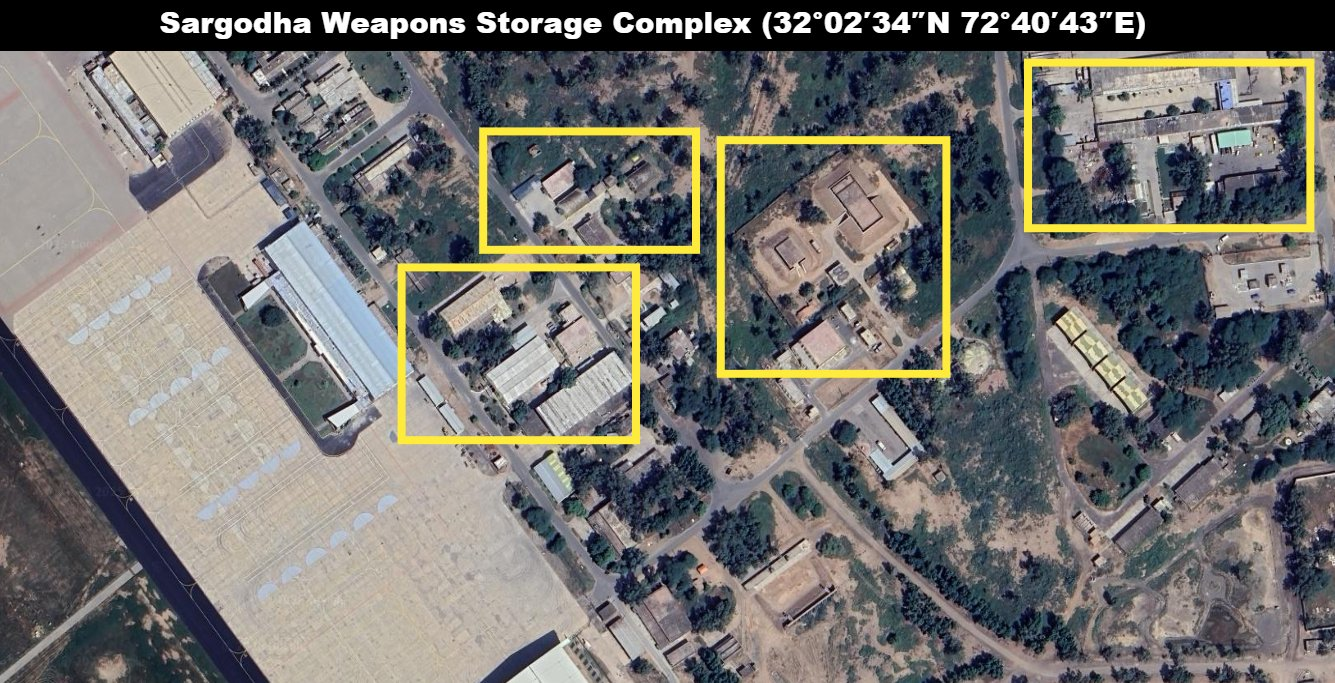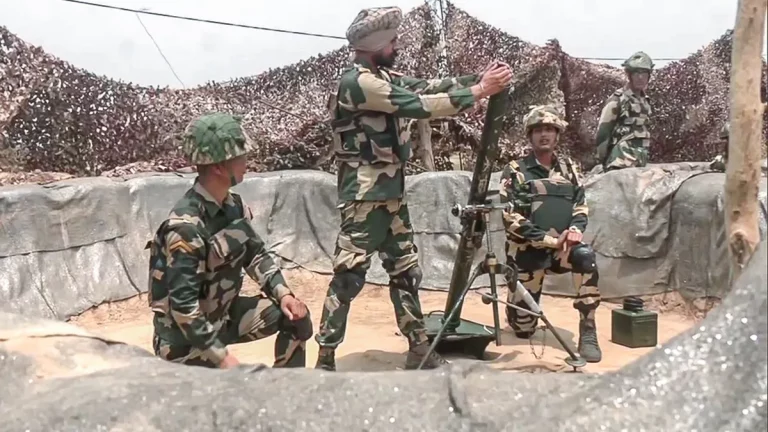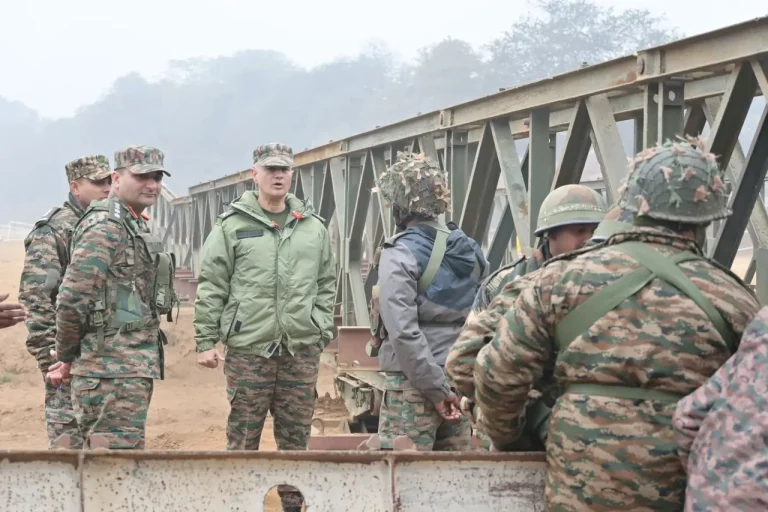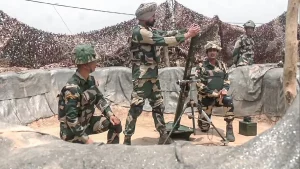In a shocking escalation of violence, Pahalgam experienced a devastating terrorist attack on April 22, 2025, resulting in the tragic loss of 26 civilian lives, the majority of whom were Hindu tourists. This incident stirred national outrage across India, serving as both a stark reminder of the ongoing threat posed by terrorism and a pivotal moment in the long and fraught history of conflict in Jammu and Kashmir. The attack was traced back to Lashkar-e-Taiba (LeT), a terrorist group long believed to operate with the support of elements within Pakistan.
In response to the attack, India launched Operation Sindoor, an unprecedented military operation aimed at crippling the terror infrastructure believed to be entrenched within Pakistan. The operation was marked by a series of targeted strikes against high-profile sites, including militant hideouts and weapons caches, resulting in significant losses among terrorist ranks and Pakistani military personnel. These strikes underscored India’s resolve to address the persistent threat of terrorism head-on.
A particularly alarming aspect of the operation has been speculation surrounding potential strikes on Pakistan’s nuclear assets, specifically near the strategically vital Kirna Hills, adjacent to the Sargodha Airbase. This location is historically significant, having been the site of Pakistan’s early nuclear testing efforts, and is purported to house key storage facilities for nuclear warheads. Reports suggesting that India successfully targeted these facilities have sent shockwaves through diplomatic circles, raising questions about the implications for regional stability and deterrence.
Emerging evidence from satellite imagery, along with civilian reports and intercepted communications from Pakistan, points to considerable damage in the Kirna Hills region. Despite the Indian government maintaining a stance of strategic ambiguity—neither confirming nor denying the specifics of the operation—the palpable change in Pakistan’s diplomatic posture is noteworthy. Following the strikes, Pakistan adopted a notably subdued response, with Prime Minister Shehbaz Sharif addressing the nation while alluding to sovereignty and integrity yet refraining from the usual hostile rhetoric associated with its nuclear deterrent.
If the reports about damage to Pakistan’s nuclear capabilities hold any truth, this would significantly shift the balance of power in South Asia. An action of this magnitude could compel Pakistan to reassess its military strategies, especially given India’s newfound willingness to assert its military objectives beyond traditional engagement. Historically, India has exercised restraint in the face of provocations, but such a bold operation signifies a potential new chapter in its approach to counter-terrorism.
While the operation marks a decisive moment, it also carries immense risks. Engaging directly with nuclear assets raises the stakes considerably, and any miscalculation could have catastrophic consequences. The international community, particularly influential players like the United States, China, and Russia, now finds itself reassessing its strategies in light of this incident. For the U.S., this development positions India as a pivotal power willing to take extraordinary measures to secure its national interests.
In light of the chaotic aftermath of the strikes, there exists a rare opportunity for de-escalation and the possibility of negotiations, albeit requiring substantial shifts from Pakistan regarding its proxy warfare approach. Armistice talks, facilitated by U.S. intervention, reflect an urgent need for both nations to reconsider their tactics, especially with the specter of nuclear engagement looming.
Ultimately, whether or not India succeeded in neutralizing Pakistan’s nuclear capabilities, the psychological ramifications of such actions resonate deeply within the geopolitical landscape of South Asia. Operation Sindoor serves as a bold declaration that terrorism will no longer be tolerated, rendering a clear message to both adversaries and allies alike. In an era defined by ambiguity, this operation may confirm India’s commitment to counter-terrorism in unprecedented ways, while equally revealing the vulnerabilities of its neighbor.



















